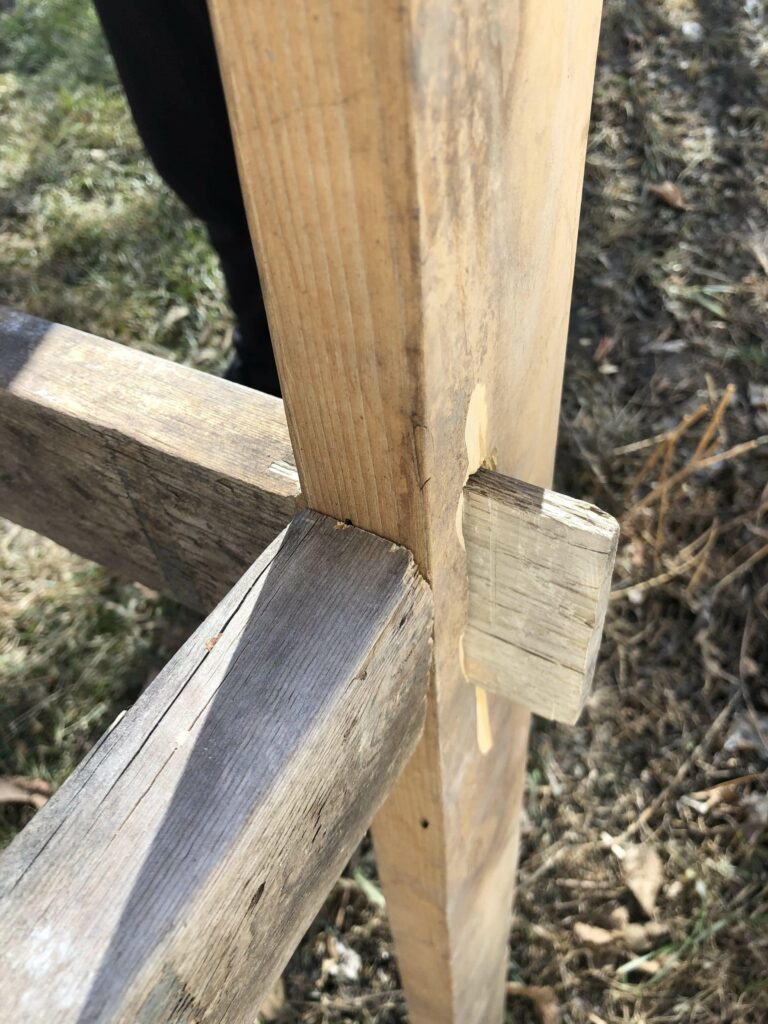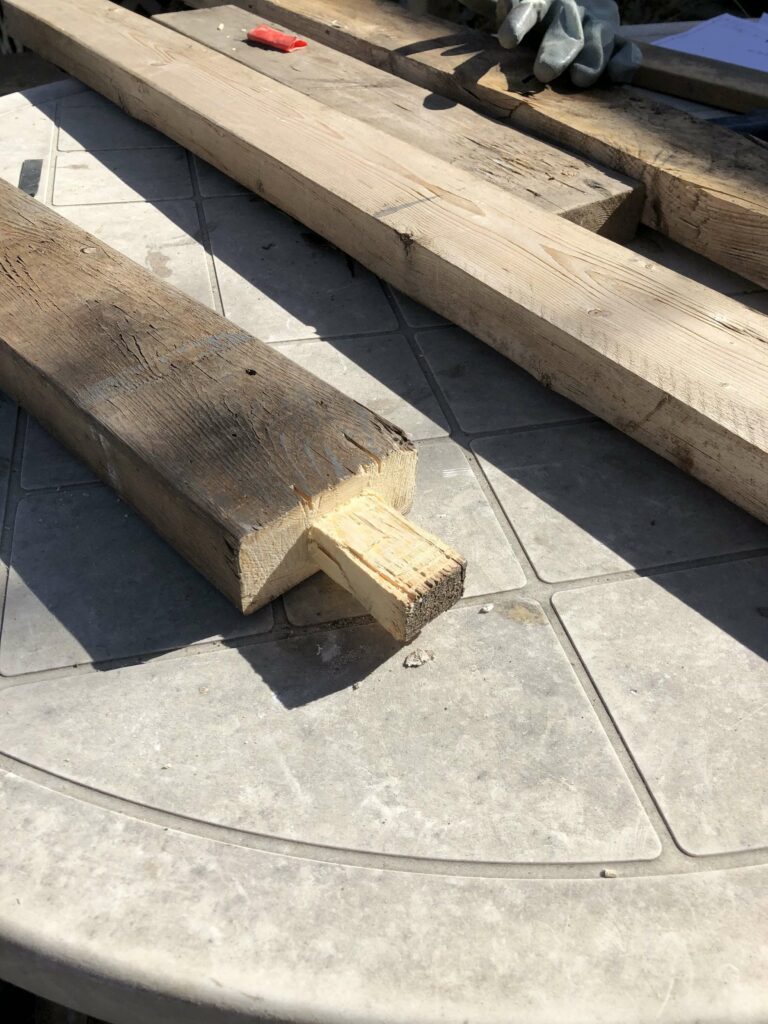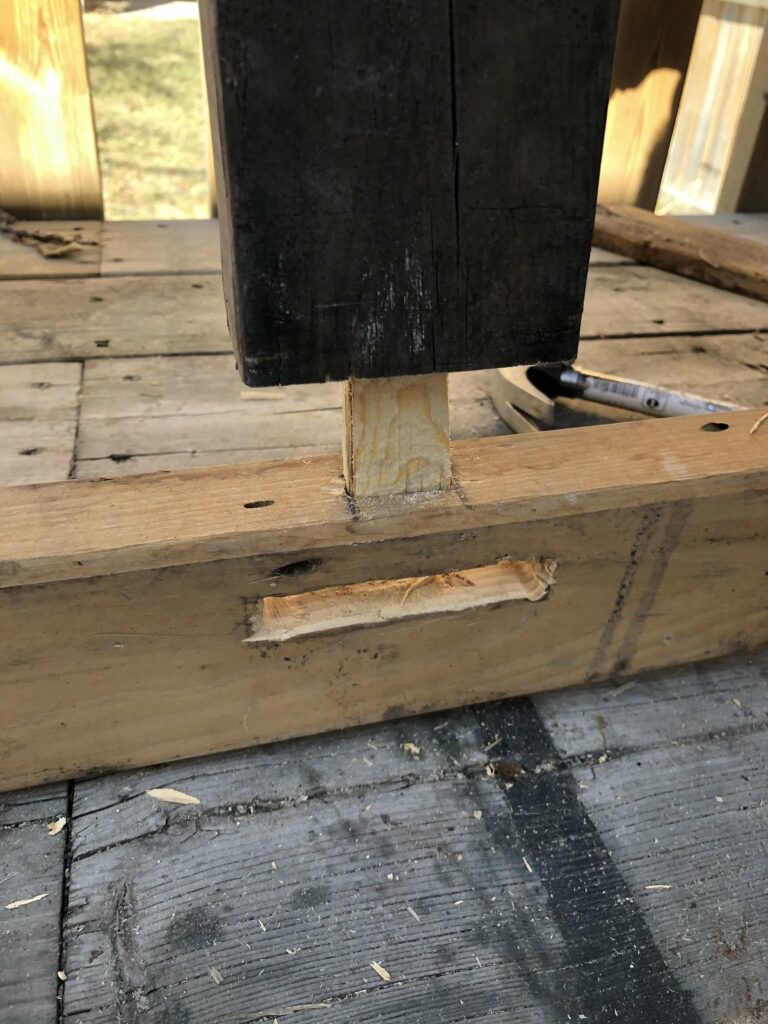Project Category: Entrepreneurial
Join our presentation

About Our Project
Our product is an ergonomic standing desk that is designed for students and young professionals who are looking for a solution to mitigate the pain points of extended periods of sitting at home. After interviewing a range of students and new grads we have confirmed that this is a growing problem, especially among students as a result of our new socially distanced learning environment. Our goal for this design was to create a minimalistic standing desk made of sustainable materials, and incorporating minimal moving parts to lower costs and ensure that our product can easily be assembled and disassembled by people with different skill levels.
Meet Our Team Members

Aster Lau
5th Year B.Sc. Civil Engineering & B.Comm. Finance
Aster is a fifth year civil engineering and finance student at the University of Calgary. She is passionate about entrepreneurship and developing new solutions to address the pressing challenges that consumers face. She completed her internship at Canadian Natural Resources, enhancing her understanding of economic and environmental issues that persist in industry.

Bryan Ho
5th Year B.Sc. Civil Engineering
Bryan is a fifth year civil engineering student at the University of Calgary. He is interested in understanding more about different trends in the marketplace and industry, whether that comes to prices, utilities or consumer responses. Over the course of his internship, he has developed project management skills and also has a strong knowledge of the construction industry.

Colin Luo
5th Year B.Sc. Civil Engineering
Colin is a fifth year civil engineering student at the University of Calgary with a strong passion for entrepreneurship. He has completed internships for both a contracted construction company and the Calgary International Airport, and has extensive experience in the construction industry and project management.

Crystal Hon
5th Year B.Sc. Civil Engineering
Crystal is a fifth year civil engineering student with a minor in energy and environment. Throughout her internship experiences, she has developed extensive skills in AutoCAD, Civil 3D, Revit etc. Additionally, she has taken design and model making courses from other universities and is well-versed in the visualization of engineering solutions.
Details About Our Design
How Our Design Addresses Practical Issues
The motivation of our design came from pain points that we were experiencing personally as students. As a result of our new socially distanced learning environment, we found that we were suddenly spending over 10 hours a day on average with minimal activity sitting at our desks in front of our computers. Our customer research suggested that the majority of people within a student demographic also spent similarly high amounts of sedentary hours.
After research into existing products, we determined that most ergonomic desk solutions would not be practical for us. Consequently, we began to design an ergonomic desk that fit the needs of students and young professionals like us by meeting 3 specific pain points:
- Health: Students and new graduates are spending higher amounts of sedentary hours, which has resulted in increased risks for adverse health effects and lifestyle consequences.
- Cost: Most market solutions that we looked at were on average $500 – $600 which is unaffordable to students. We aim to minimize the use of mechanical parts to create a lower cost product.
- Portability: People within our age range and demographic tend to be more willing to travel between cities, we wanted to create a product that would be easy to assemble and disassemble to meet those needs.
What Makes Our Design Innovative
The ABC² Ergonomic Desk uses an innovative dynamic lifting and locking mechanism to distinguish it from existing products in the market. We designed a unique counterweight lifting mechanism that is completely different from anything in the market, and allows users to quickly and easily lift or lower the desk surface without electricity. We have also designed a unique spring loaded locking mechanism that serves the dual purpose of supporting the desk and allowing users to lock to 10 different heights which encompass 97% of the population in Canada. Additionally, we have designed our desk to be easily constructible with wood joinery to minimize the use of screws and nails to ensure that our product can be easily put together and taken apart. There are virtually no other existing ergonomic desks or patents using a counterweight lifting and locking mechanism similar to ours, and thus we believe that we have created a truly unique and innovative product.
What Makes Our Design Solution Effective
We believe that our product has multiple advantages which help distinguish it from competitors. Existing motorized or pneumatic powered ergonomic desks built by competitors such as Ergonomyx Technologies and Autonomous AI use software-infused technology with motorized parts. This makes their products much more expensive and requires more time to fully install. The ABC² Ergonomic Desk offers both affordability and ease of constructability; as the primary material, from the joints to the desk face is made up of wood. Furthermore, compared to similar crank style desks from IKEA, our counterweight mechanism ensures ease of usage, making changing elevations quicker and requiring less strength. Additionally, our product is one of only a few ergonomic solutions designed with students or new grads in mind (or in other words, designed to be low cost and portable). We believe that this puts us in an advantageous position to capitalize on this underrepresented, but growing market who are working or studying at home due to the pandemic.
How We Validated Our Design Solution
We have validated our design solutions and customer assumptions consistently throughout the lifecycle of our project with calculation, software models, and feedback from our target market. By performing surveys and interviews, we confirmed that there would be demand for our product and that the problem we aimed to solve was also felt by other students. After creating the first iteration of our design using SketchUp and AutoCAD, we presented our design to friends and family for feedback and improvements. After our next iteration, we utilized the 3D Printers at the MakerSpace to create a low cost proof of concept for further feedback. We then used AutoCAD inventor to test our locking and lifting mechanism and create an animation of our desk moving from sitting to standing position. Finally, we also completed detailed hand calculations to determine the failure load of our product to ensure that it is safe and verified our financial models.
Feasibility of Our Design Solution
Having verified our design with continual feedback, prototyping, and improvement, we believe that our product is feasible from both a technical and business standpoint. As discussed in the previous section we have verified that there is demand for our product, that the unique mechanisms that we designed are practical, and that our product is safe. With an initial quantity takeoff, we believe that we can market our product at a lower cost than competitors and our financial models indicate that we can achieve profitability within 5 to 10 years. The ABC² Ergonomic Desk is easy to use, easy to assemble, and easy to purchase for students and young professionals.
Partners and Mentors
We want to thank the many people who helped us with this project. We would like to express our gratitude to Dr. Mina Iskander who provided us with great advice and helped to guide us throughout our entire project progress from initial conception to our late phases of design and prototyping. We would like to thank Jose Menjivar Hernandez for guiding us through the business portion of our capstone project and understanding projections. We would like to thank Thomas Truong for assisting us in understanding the technical requirements of our project and providing great feedback.
Our Photo Gallery
Here we have compiled all of the key images from our design stages to our current design solution.
Brainstorming
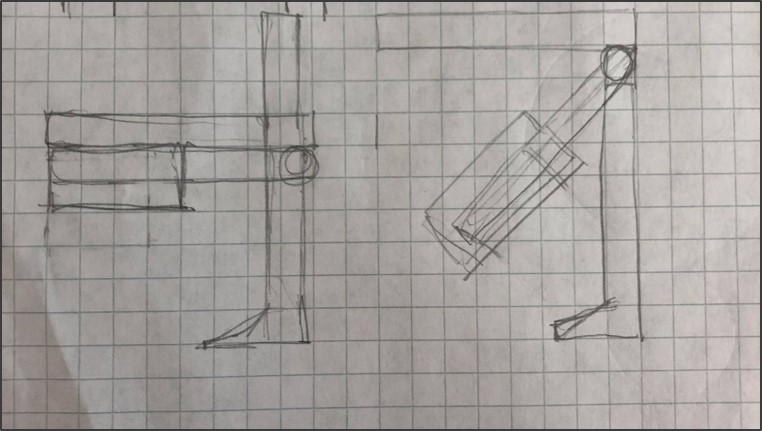


First Design
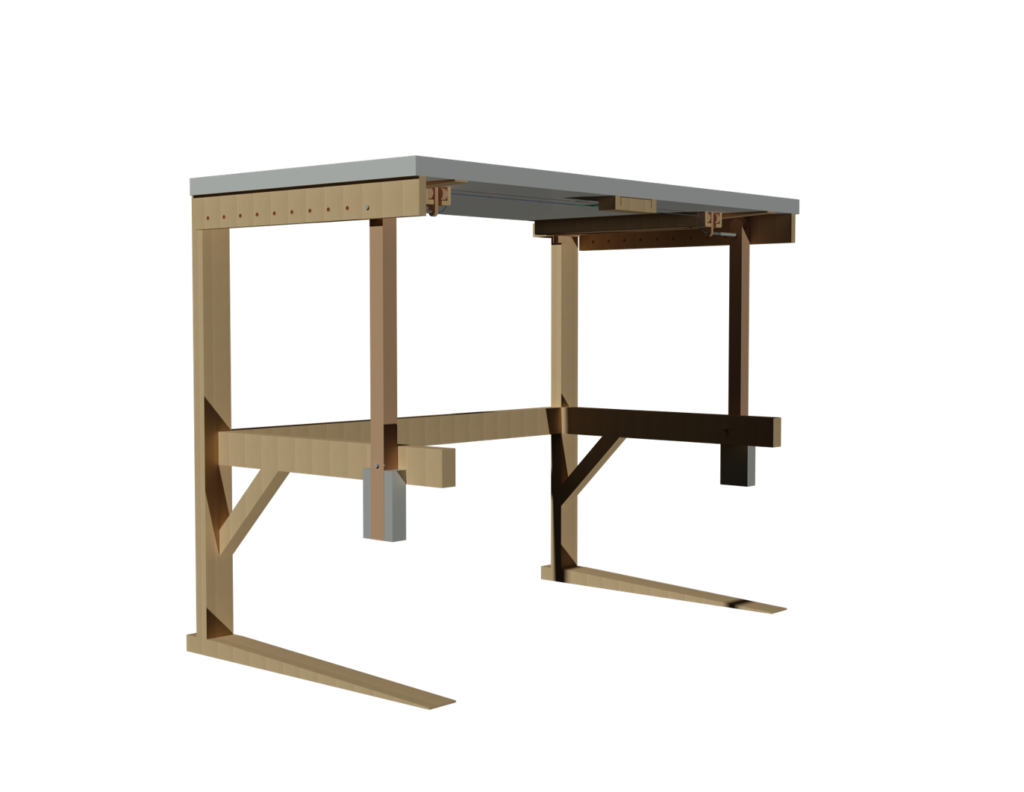






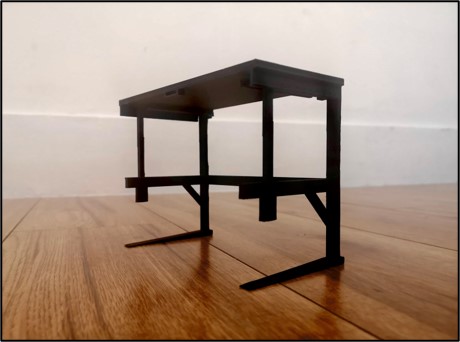
Updated Design
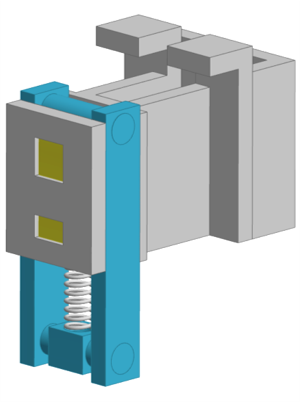
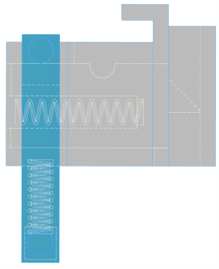
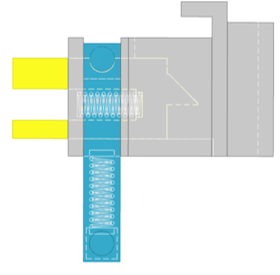
Assembly
